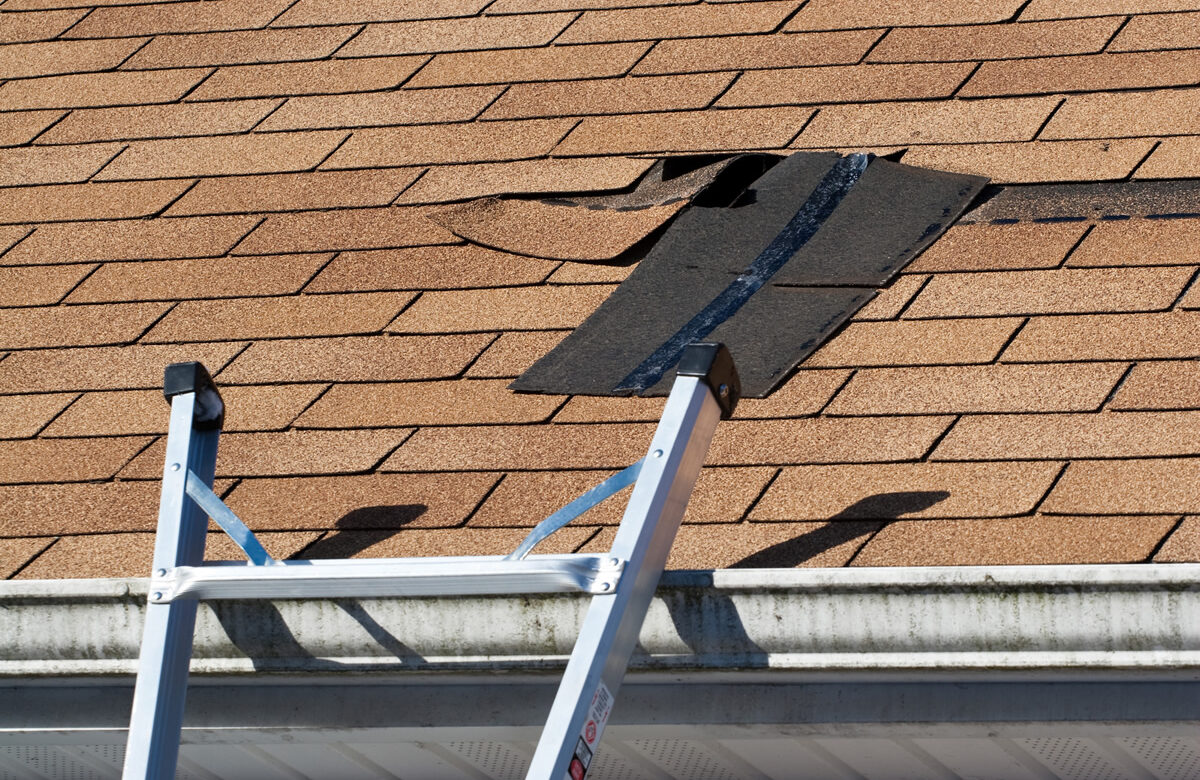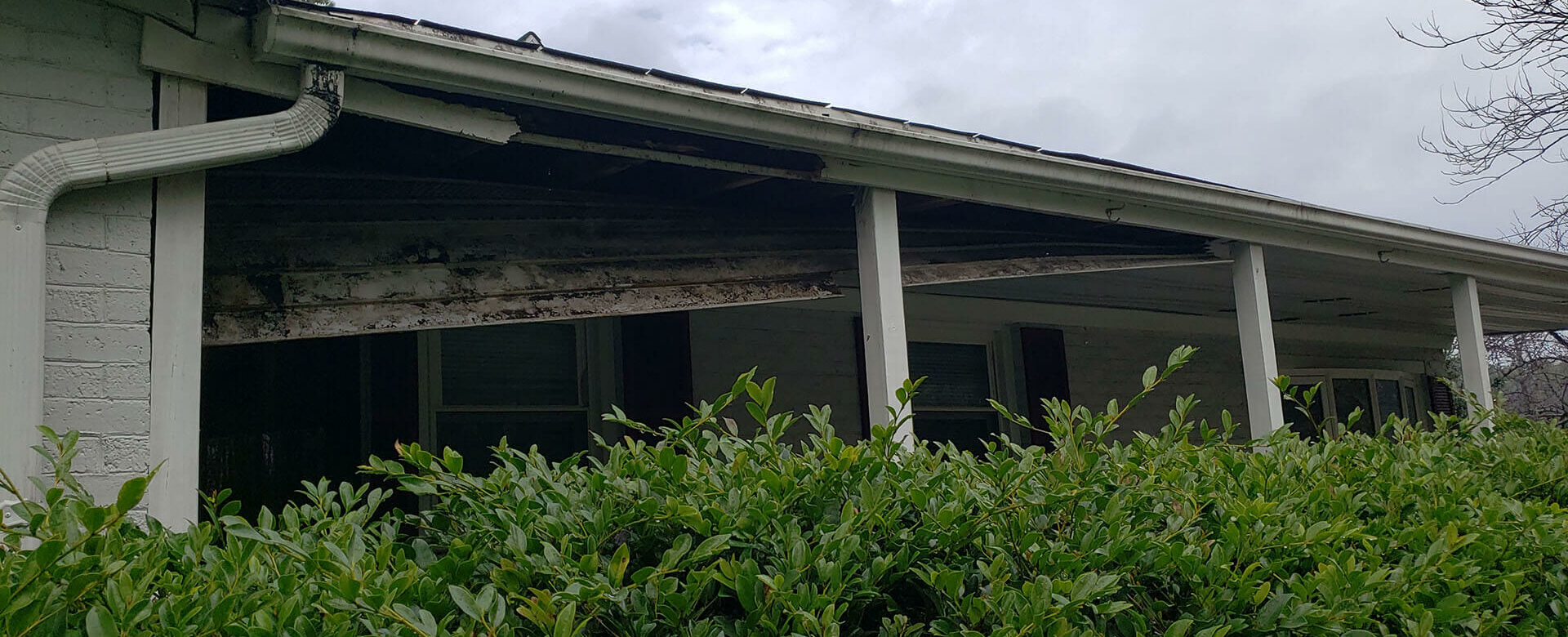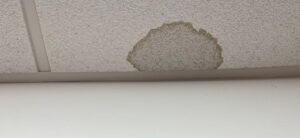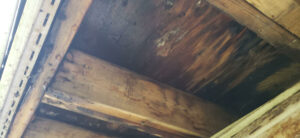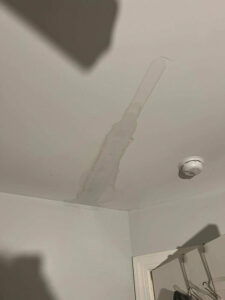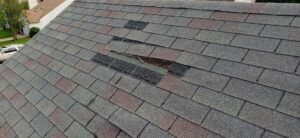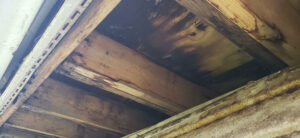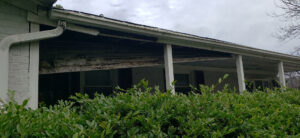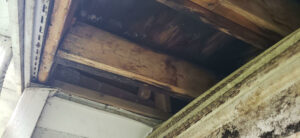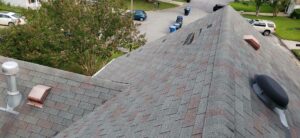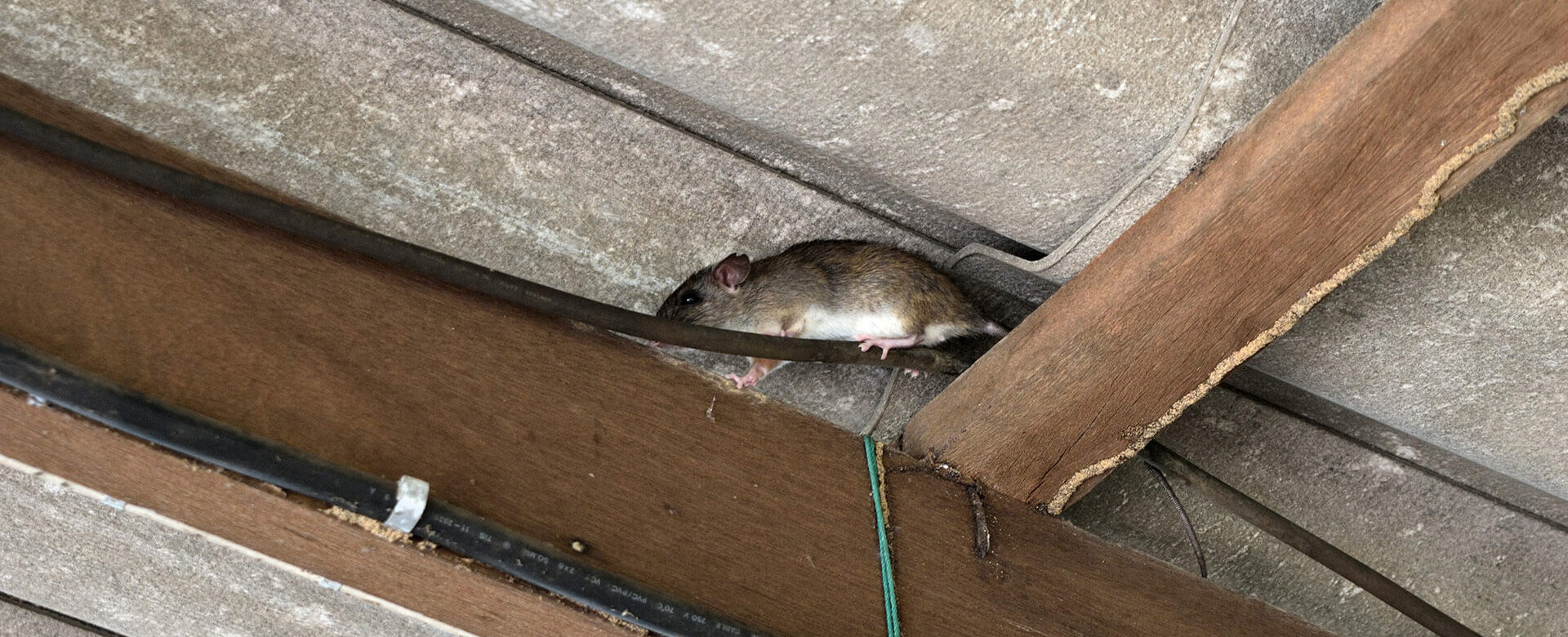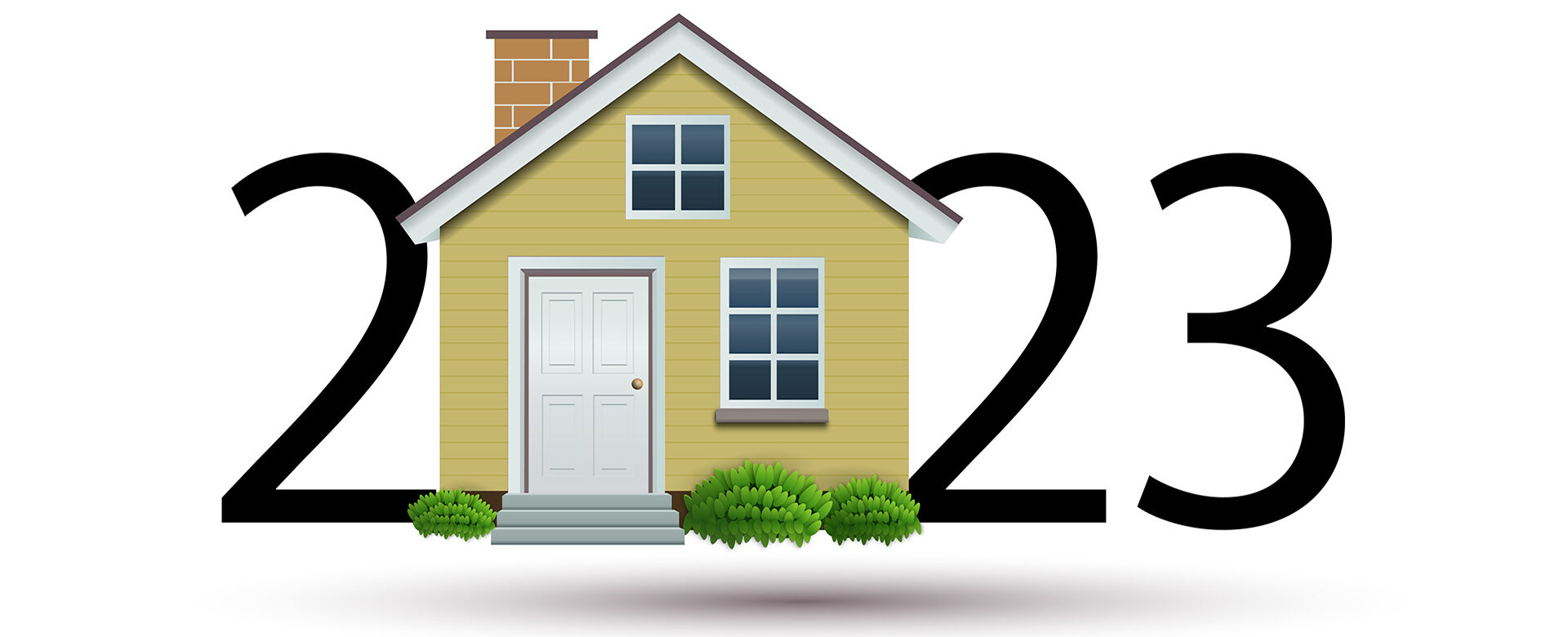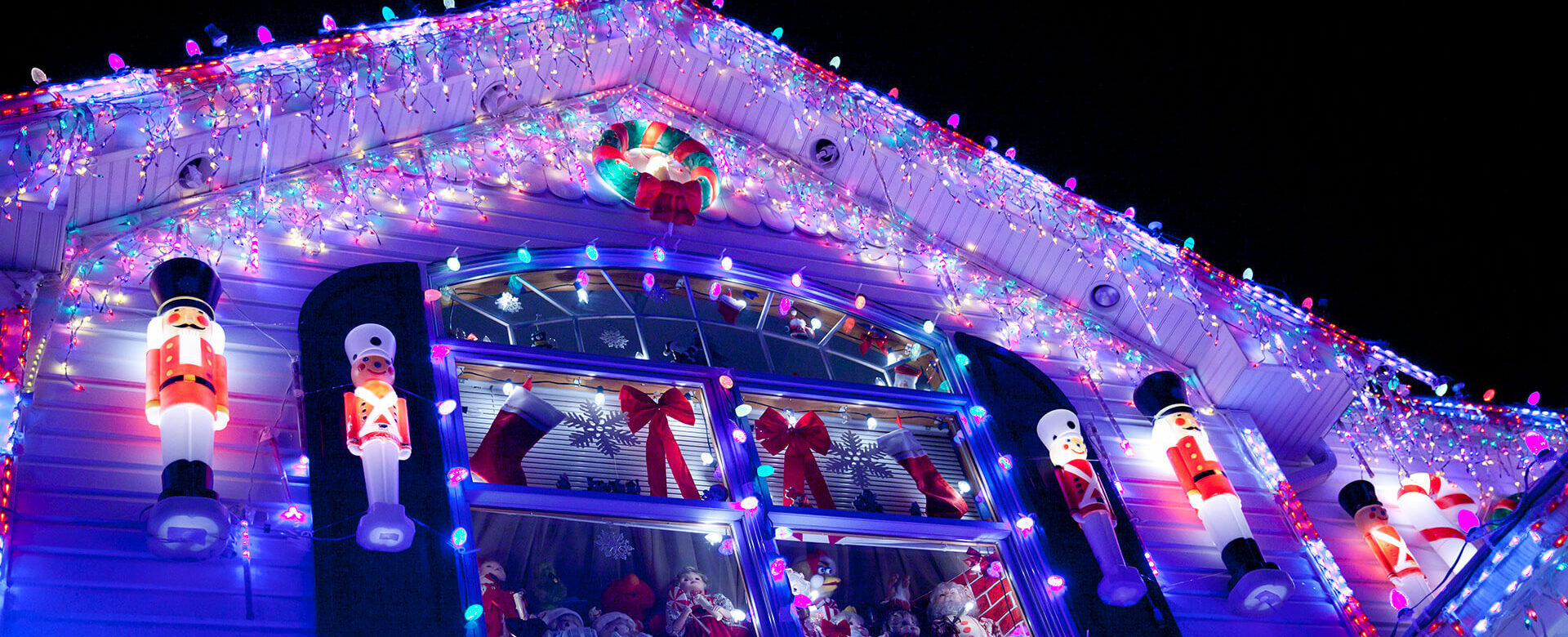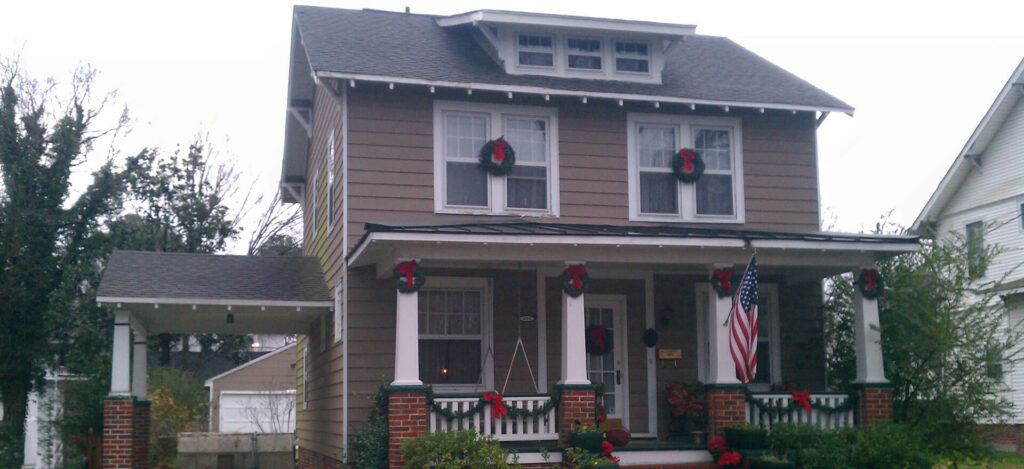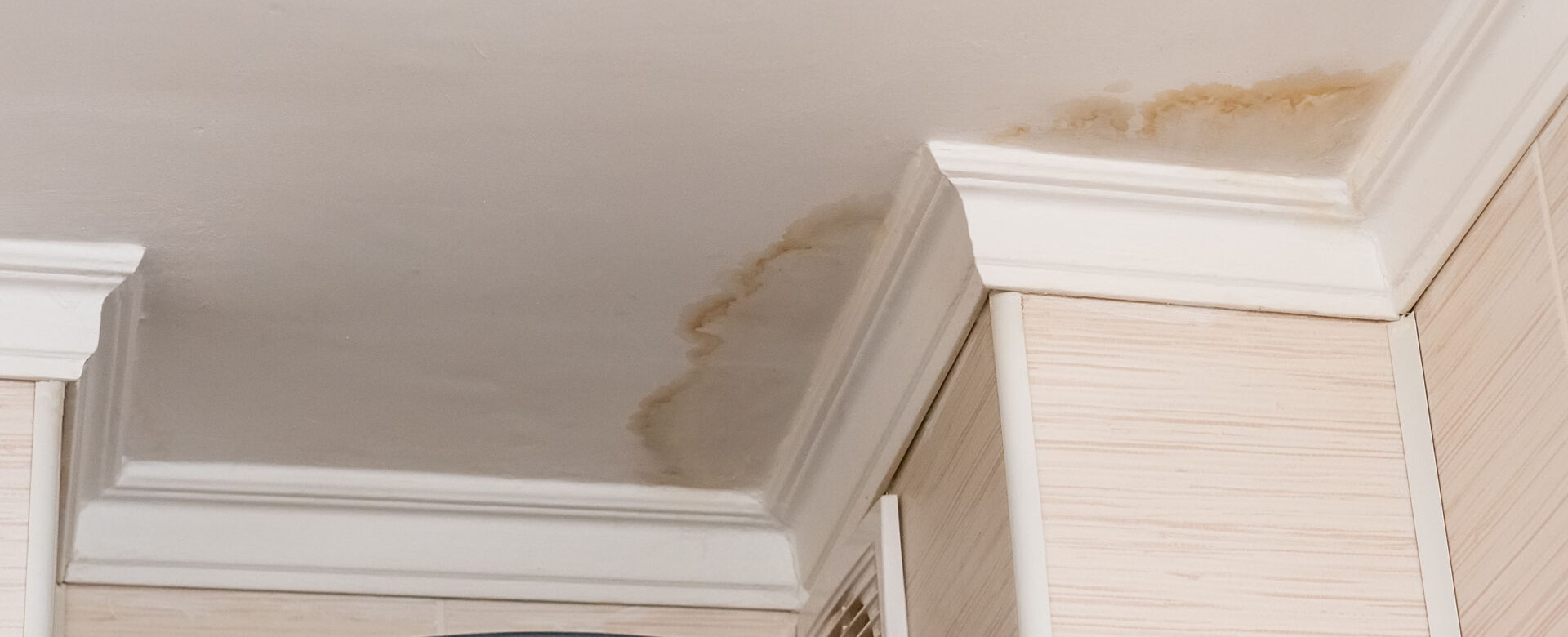Spring is here which means it’s time to throw open the windows, clear out the clutter and give your home a good spring cleaning.
Typically spring cleaning may look like purging your closet of items you haven’t worn in years, emptying and cleaning the fridge (and throwing out those ten expired salad dressings!) or even washing the windows, but there’s another part of your home that you probably don’t have on your list that could also use a good annual cleaning – your roof!
Particularly after a long winter, your roof needs some extra attention to ensure it is functioning optimally for all the spring showers and summer storms. Annual roof cleaning will extend the life of your roof as well, saving you thousands of dollars in the long run. Here are a few spring cleaning tips to keep your roof in tip-top condition.
Ditch the Debris
It’s not uncommon over the winter for leaves, sticks and other debris to build up on your roof, especially in any roofing valleys your home may have or around dormers. Removing the debris from your roof keeps anything from building up and causing mildew, or from damaging or even removing shingles. Debris can be removed from a roof while staying safely on the ground using a roof rake, which you can purchase online or at a hardware store for a small investment. If you are able to access parts of your roof from windows, you can use a roof rake or even a leaf blower while staying safely inside your home to remove debris from those areas. Whatever method you choose, just stay away from climbing on top of your roof on your own, as this is dangerous and better done by a professional with the appropriate safety equipment.
Trim the Trees
To keep additional vegetation and debris from building up on the roof once you’ve cleaned it, make sure the trees and other plants around your roofline are trimmed back. Tree branches that touch your roof can easily scrape up against shingles or flashing during a storm, removing or damaging them which can eventually lead to leaks. Call in a professional tree service for larger or taller trees so you don’t cause more damage to your home in the trimming process.
Clean the Gutters
Clogged or at least partially blocked gutters are nearly a given after the winter months. When gutters become clogged or obstructed, it can cause water to back up and seep under the eaves of your home, causing water damage and leaks. In the winter, clogged gutters can freeze and cause ice dams to form which can cause major damage to shingles and the gutter itself. Each spring it’s a good idea to call in a professional gutter cleaning service to remove any debris so that water can flow easily away from your roof and your home. It’s also a good idea to inspect the gutters, including downspouts to make sure that there are no punctures or other damage and that where the water exits the gutter is properly graded to move water away from your foundation.
Roof Cleaners
If your roof is plagued with mildew or dark stains, there are several different types of roof cleaning solutions available. Many of these cleaners come in containers that can be attached to the end of a standard garden hose, so you can spray the areas of your roof that are stained from the ground or a ladder (with assistance, of course). If you don’t feel comfortable doing this yourself, there may be professional roof cleaning companies in your area that offer this service. If you choose to tackle this yourself, just be sure to carefully follow any manufacturer instructions that come with the product.
If you find any issues with your roof during the process of spring cleaning, contact Andrews Roofing. We’ve helped homeowners in the Hampton Roads region extend the life of their roofs through proper maintenance and repairs and we also provide gutter installation and replacement services. We are very familiar with the types of issues and concerns that arise in homes in southeast Virginia, and we have decades of experience in how to make them right. Contact us today.
